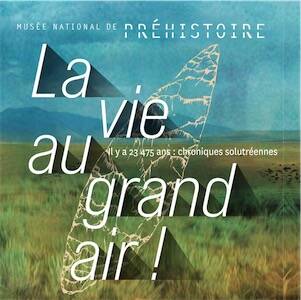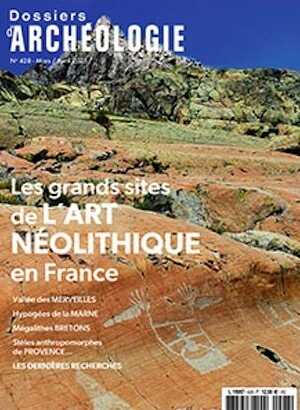- Recherche
- Recherche avancée
A Comparison of the Late Pleistocene and Early Holocene Burials of North Africa and Western Europe. Grim Investigations: Reaping the Dead, (BAR S2143), 2010, 268 p. -
Archaeology has a unique and significant perspective to offer the territorial debate. In the 1970s Saxe and Goldstein argued, based on ethnographic literature, that cemeteries indicate the existence of control over resources. No other discipline has recognised this link. Because their ideas were developed in a processual context, they were systematically rejected as part of the post-processual shift, and yet their theory internalised an impressive complexity, recognised a 'real' cross-cultural pattern, and contained within it a potential which has rarely been recognized. Geographers, ethnologists, and others have studied territoriality, but at its core it is a human behaviour and archaeology is uniquely placed to explore it from a human perspective. The main research questions with which this study is concerned involve: 1. Are hunter-gatherers territorial? 2. Is the Saxe-Goldstein hypothesis relevant to archaeologically documented hunter-gatherers? 3. What is a 'cemetery'? 4. Is it possible to identify what resources were controlled? 5. Can we understand how cemeteries were able to stand as ideological claims over resources? Chapter 2 argues that the Saxe-Goldstein hypothesis – albeit with some ideological modification – does have relevance to archaeological investigations, and that there is ethnographic support for territorial behaviour among contemporary hunter-gatherer communities. Chapter 3, and is based on a comparative analysis of mortuary practices. A database containing information on 1747 individuals from sites in Western Europe and North Africa is analysed to investigate the role of cemeteries in territorial control; it is included on a CD as a series of Excel files and summarised in Chapter 4 to identify high minimum number of individuals sites in the regions not considered in the case studies. Two detailed case studies – Mesolithic (c. 9000-4000 BC) Scandinavia and Ibéromaurusian and Capsian (c.18,000-4000 BC) North Africa follow in Chapters 5 & 6. Chapter 7 brings together various strands, in particular with regards to understanding what 'cemeteries' are and the relationship of the different territorial regimes to notions of property.
Référence : 40367.
Anglais
69,00 €
Dans la même époque
Nouveauté

La vie au grand air ! Il y a 23 475 ans : chroniques solutréennes, (cat. expo. Musée national de Préhistoire, Les Eyzies, oct. 2024 - mai 2025), 2024,...
Réf : 57844.
Français
29,00 €
Nouveauté

Dossiers d'Archéologie n°428, Mars-Avril 2025. Les grands sites de l'art néolithique.
Réf : 57780.
Français
12,00 €


